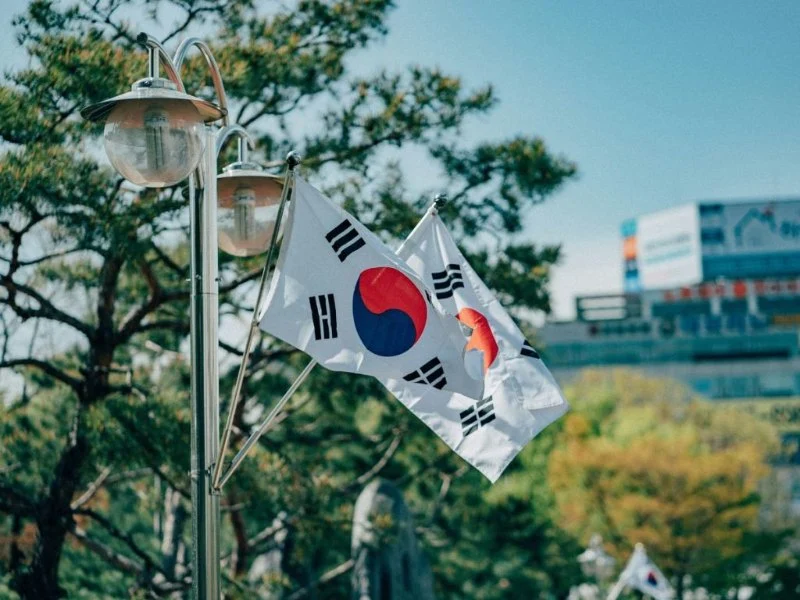
The Symbolism of the Taegeuk in the South Korean Flag and Tae Kwon Do
- - What is the Taegeuk?
- - The Meaning of the Taegeuk in the South Korean Flag
- - Taegeuk's Connection to Tae Kwon Do
- - How the Taegeuk Represents Balance and Harmony in Martial Arts
- - How Jeuns TKD Hub Incorporates Taegeuk in Training
1. What is the Taegeuk?
The Taegeuk (태극) is a symbol derived from ancient Korean philosophy, representing the balance of opposites and the cyclical nature of life. Often recognized by its circular shape, the Taegeuk consists of two intertwined halves—one red and one blue—that embody the dual forces of yin and yang. This symbol is central to both the national identity of South Korea and the philosophy of Tae Kwon Do, illustrating the idea of harmony and equilibrium in the universe.
The Taegeuk symbol can be seen in two prominent places: on the South Korean national flag and within the practice of Tae Kwon Do, making it an essential emblem of Korean culture and martial arts philosophy.

American Martial Arts Center, AMAC / amac taekwondo
CentrevilleFairfax CountyVirginia
6206 Multiplex Dr, Centreville, VA 20121, USA
2. The Meaning of the Taegeuk in the South Korean Flag
The Taegeuk symbol appears at the center of the South Korean flag, known as the "Taegeukgi" (태극기). It divides the flag into two parts, with the red section representing the "yang" (positive force) and the blue section representing the "yin" (negative force). Together, these sections symbolize the dynamic balance between opposing forces—such as light and dark, male and female, and life and death.
Beyond the philosophical, the Taegeuk also reflects the unity of the universe, showing how opposites are interdependent and constantly in motion. The design of the flag signifies that peace, balance, and harmony are achievable through understanding and respecting these dual forces.

Wolf MMA / wolf hills jiu jitsu
Falls ChurchFairfax CountyVirginia
7799 Leesburg Pike suite 110, Falls Church, VA 22043, USA
2.1. The Four Trigrams
In addition to the Taegeuk, the South Korean flag also features four trigrams, each placed in the corners of the flag. These trigrams represent the four elements—heaven, earth, water, and fire—and further reinforce the idea of balance and harmony that is central to Korean culture. Together with the Taegeuk symbol, these elements showcase the interconnectedness of all things.
3. Taegeuk's Connection to Tae Kwon Do
In Tae Kwon Do, the Taegeuk is more than just a symbol; it is a reflection of the martial art's philosophy and practice. The Taegeuk forms the foundation of Tae Kwon Do's belt ranking system, with each level representing the progression of a student's understanding of balance, harmony, and internal development.
The belts in Tae Kwon Do are categorized under the "Taegeuk" system, and each color and stripe represents different stages of mastery, from the beginning white belt to the black belt, which signifies the complete understanding of the martial art's principles. The colors of the belts are tied to the symbolic meaning of the Taegeuk, reflecting growth, transformation, and balance throughout a practitioner’s journey.
3.1. The Taegeuk Forms
In addition to the belt system, the Taegeuk forms (or "poomsae") are essential practices in Tae Kwon Do. These forms are sequences of movements that embody the principles of balance and strategy, helping students understand how to blend defensive and offensive techniques in fluid harmony. Each form has a specific meaning and purpose, and they help students internalize the deeper philosophies of Tae Kwon Do, such as respect, discipline, and the interconnection of opposites.
4. How the Taegeuk Represents Balance and Harmony in Martial Arts
The Taegeuk symbol is an integral part of Tae Kwon Do because it reflects the art's emphasis on balance and harmony. Martial arts, especially Tae Kwon Do, require a balance of physical and mental strength. Practitioners must learn to harmonize their movements, energy, and mindset to perform effectively. The Taegeuk represents this balance, as it visually illustrates the relationship between opposing forces that must work together for success.
4.1. Balancing Mind and Body
Tae Kwon Do emphasizes the importance of mental and physical balance. Practicing this martial art not only builds physical strength, flexibility, and endurance but also encourages mental focus, discipline, and emotional control. The student must find a harmonious relationship between mind and body, as reflected in the Taegeuk symbol. Success in Tae Kwon Do comes when both aspects are aligned, allowing the practitioner to move fluidly, react quickly, and think strategically.
4.2. Applying Balance in Combat
In sparring, one of the key elements of Tae Kwon Do, balance plays a vital role. A fighter must balance aggression with defense, understanding when to attack and when to retreat. The Taegeuk represents this balancing act, where the opposing forces of offense and defense, speed and power, combine to create a seamless flow in combat. This teaches students the importance of timing and self-awareness, helping them make the right decisions in high-pressure situations.
5. How Jeuns TKD Hub Can Help Your Child or Family Understand the Taegeuk Philosophy
At Jeuns TKD Hub, we are committed to helping students understand the deeper meaning of Taegeuk and its importance in Tae Kwon Do practice. Our instructors emphasize the principles of balance, harmony, and personal growth throughout every class. Whether you're a beginner or an experienced practitioner, understanding the Taegeuk philosophy can enhance your martial arts journey and provide a richer, more meaningful experience.
We offer a variety of resources and training programs that help students of all ages explore the significance of the Taegeuk in both the South Korean flag and Tae Kwon Do. At Jeuns TKD Hub, we believe that mastering the principles of balance and harmony will not only improve your skills in Tae Kwon Do but also benefit your everyday life. Join us today to begin your journey of personal growth and martial arts excellence!
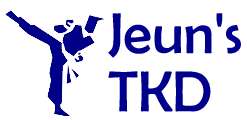

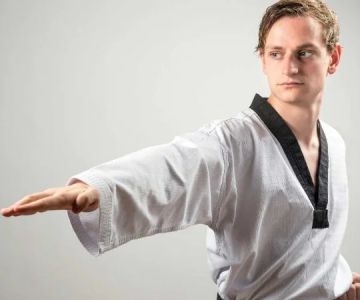
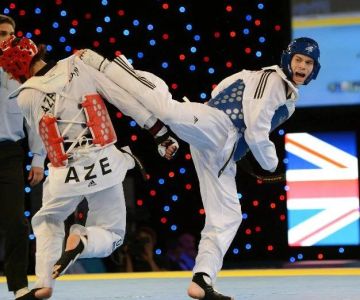
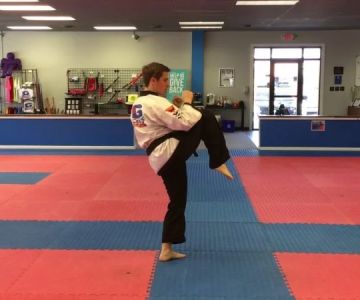
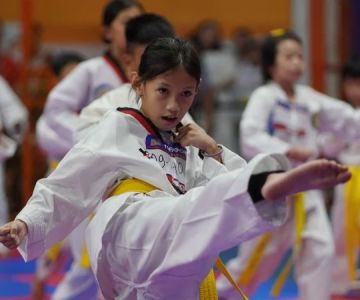
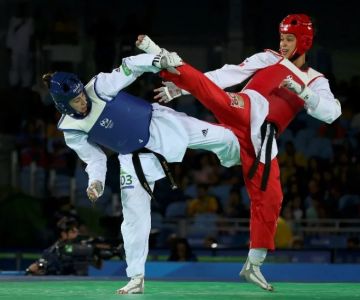
 Tempest Taekwondo - Redlands5.0 (12 reviews)
Tempest Taekwondo - Redlands5.0 (12 reviews) Howard's ATA Martial Arts4.0 (46 reviews)
Howard's ATA Martial Arts4.0 (46 reviews) Professional Martial Arts Academy Merrimack5.0 (14 reviews)
Professional Martial Arts Academy Merrimack5.0 (14 reviews) Karate America Janesville - Martial Arts: Janesville & Milton Area /Build Confidence /Learn Respect /Character/ Self-Defense4.0 (24 reviews)
Karate America Janesville - Martial Arts: Janesville & Milton Area /Build Confidence /Learn Respect /Character/ Self-Defense4.0 (24 reviews) Mountain Kim Martial Arts4.0 (9 reviews)
Mountain Kim Martial Arts4.0 (9 reviews) Budo Voorhees Martial Arts4.0 (249 reviews)
Budo Voorhees Martial Arts4.0 (249 reviews)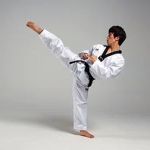 How to Execute a Jumping Roundhouse Kick to the Head
How to Execute a Jumping Roundhouse Kick to the Head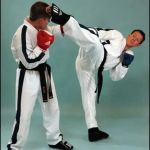 How to Execute a Double Kick Combination in Sparring
How to Execute a Double Kick Combination in Sparring How to Perform a Flawless Axe Kick: A Step-by-Step Guide
How to Perform a Flawless Axe Kick: A Step-by-Step Guide DIY Tae Kwon Do Training Equipment for Home Practice
DIY Tae Kwon Do Training Equipment for Home Practice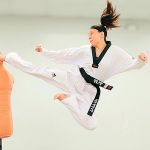 How to Increase Your Vertical Jump for Tae Kwon Do Flying Kicks
How to Increase Your Vertical Jump for Tae Kwon Do Flying Kicks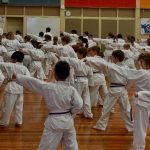 The History of the Tae Kwon Do Peace Corps
The History of the Tae Kwon Do Peace Corps